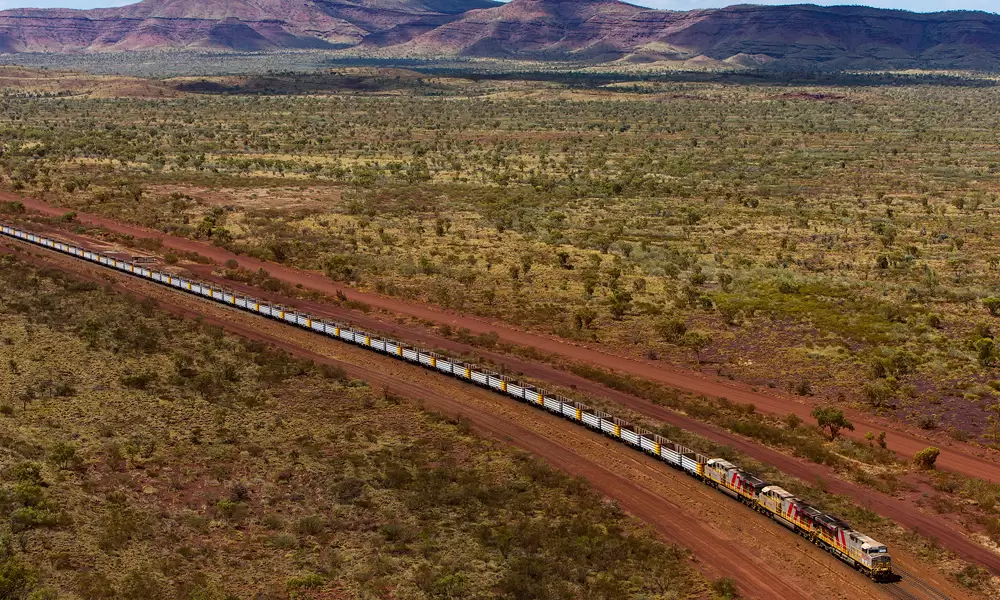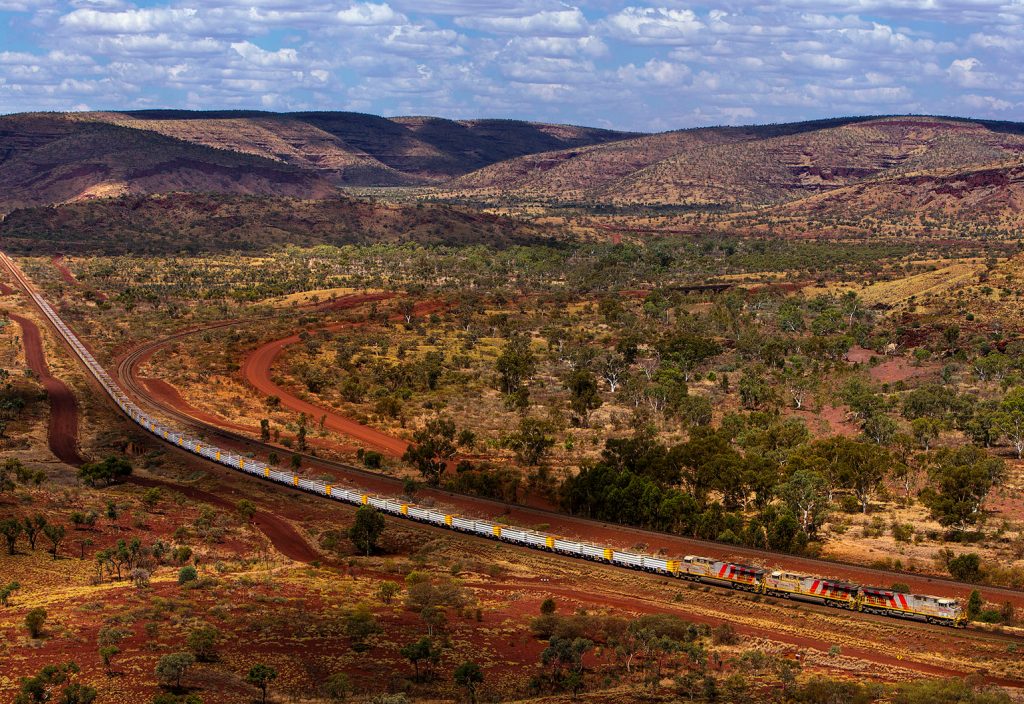The world’s largest robot – an autonomous train built by Rio Tinto – has made its first iron ore delivery. But it also comes as a warning about the changing needs of the mining industry.
Rio Tinto recently hauled around 28,000 tonnes of iron ore using an autonomous train remotely controlled from more than 1500 km away. This milestone could have implications for the kind of engineers employed in the mining industry.
According to Rio Tinto Chief Executive Jean-Sebastien Jacques, the mix of engineering disciplines required by the mining industry is set to change over the next decade with the rise of automation.
“If today I recruit 100 engineers, two-thirds of them are more mining type engineers and one-third would be data scientists. I have no doubt in my mind that five or seven years in the future, if you have 100 engineers then two-thirds of them will be data scientists,” he told Fairfax Media.
The recent delivery was the first for the $1.26 billion Autohaul program, which has been developing driverless trains to transport iron ore over 280 km from the Tom Price mine to the company’s port facilities in Western Australia’s Pilbara region for the past decade.
World first
When commissioned, Rio Tinto’s Pilbara network will be the first long-distance, heavy-haul automated rail system in the world, according to a media release. This is planned for the end of the year.
Trains are operated remotely from an operations centre in Perth.
Ivan Vella, the company’s iron ore managing director rail, port and core services, said the automated train’s first delivery was achieved due to the talents of innovative people across Rio Tinto. He listed the benefits as improved safety, productivity and flexibility.
“We will continue to ensure our autonomous trains operate safely under the wide range of conditions we experience in the Pilbara, where we record more than 8 million km of train travel each year,” Vella said.

The company operates around 200 locomotives on more than 1700 km of track in the region to transport the ore from 16 mines to four port terminals. They estimate the average return trip as 800 km, taking approximately 40 hours – including loading and dumping.
Vella added the company is working closely with train drivers during the transition period to automation to prepare them for new ways of working.
Competition with the tech sector
Jacques said the increased demand for data engineers and scientists in mining could lead to competition with big tech companies.
“The problem is when you recruit two-thirds of your engineers as data scientists then you will be in direct competition with companies like Microsoft, Apple and Google,” he said.
Jacques described acquiring skills to design and maintain automated systems is a “must do” not a “nice to have” for the future mining workforce – and flagged the need for Australia to ensure that the necessary education systems are in place.
“We have to develop these skills in Australia, otherwise the alternative is for us to look abroad,” Jacques said.

